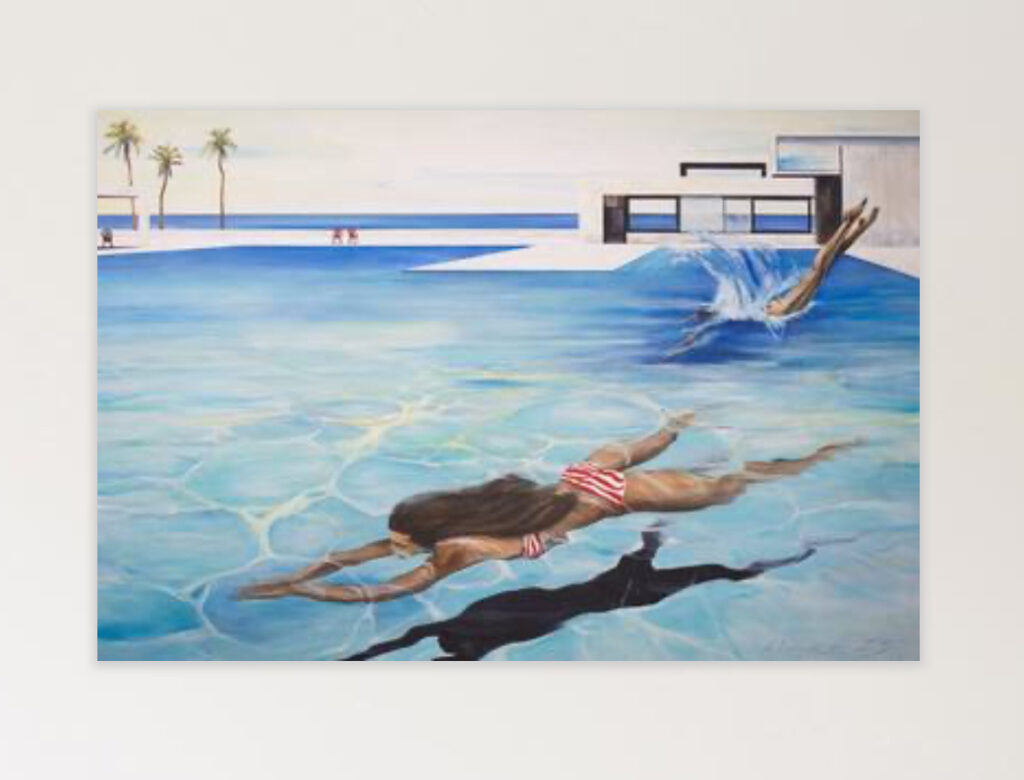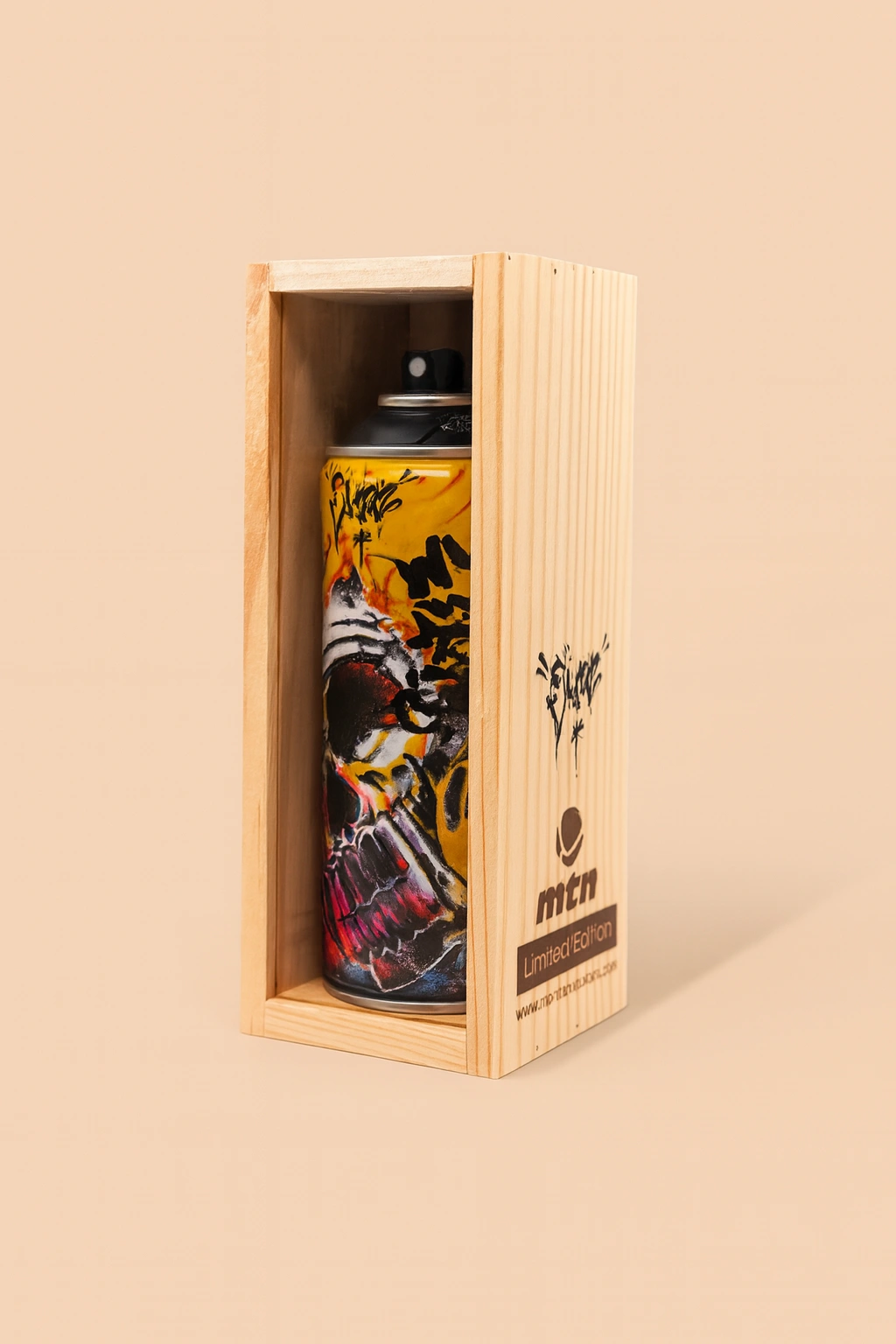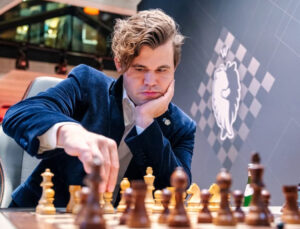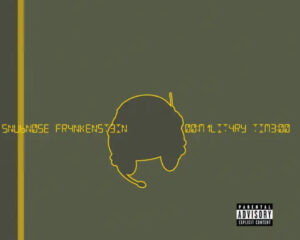In the silence between perception and meaning, certain works speak in frequencies we don’t expect. “Close to Infinity,” a striking acrylic on canvas by German artist Arno Bruse, doesn’t whisper—it pulses. The painting doesn’t offer a conclusion; it opens a portal. In the realm of abstraction, where the language is color, form, and motion, Bruse’s work dares to name the unnameable.
This isn’t decoration. This is declaration.
Who Is Arno Bruse?
To understand the intensity of this piece, you have to understand the hand behind it. Arno Bruse is a contemporary German painter known for his explosive approach to form and a practiced mastery of chaos. His style leans into the spiritual without being sentimental, the cerebral without being cold.
Bruse’s work often seems to emerge from the edge of something—for example, emotion just before language, geometry just before collapse. There’s a tension in his canvases: between what can be controlled and what must be let go. “Close to Infinity” is one of the most distilled examples of this inner logic made visible.
The Title Is the Thesis
“Close to Infinity.” The phrase alone suggests a confrontation with something vast, perhaps endless—but also just out of reach. It doesn’t claim to be infinity. Instead, it hovers near it. In that gap lies the emotion of the piece.
Infinity is abstract. It can’t be drawn. But what Bruse offers is something more human: proximity to the infinite. Not mathematical. Existential. Visual. Emotional.
This is not just a painting. It’s a meditation on approach. On striving. On nearing the unknowable, and being transformed by the nearness itself.
Medium as Message
Executed in acrylic on canvas, the medium matters here. Acrylic is fast. It dries quickly. It punishes hesitation. You have to commit. You don’t layer and rethink the way you might with oils. You strike. And in Bruse’s hands, this immediacy becomes a tool—not of aggression, but of revelation.
He uses the acrylic not to mimic the physical world but to express something immaterial. The strokes are gestural but controlled, abstract but specific. Each layer feels like a burst of thought, a notation in a visual language built from instinct and experience.
Color and Form: A Visual Symphony
The palette of “Close to Infinity” plays a key role in its impact. There’s no realism here, no safe central figure. Instead, we’re met with what could best be described as chromatic velocity. Color isn’t used to describe objects. It’s used to describe feeling.
Bruse often balances deep ultramarines with searing whites, muted grays with flashes of cadmium red—building a tension between calm and crisis. In this painting, the canvas seems to stretch, not physically, but psychically. Shapes resist settling. Lines pull away from each other as if the canvas itself is trying to expand beyond its frame.
There’s a gravitational force in the composition. Your eye is pulled toward a vanishing point that may not exist, that may be symbolic—an event horizon for meaning. Like looking at a galaxy from just far enough away to sense its spin but not understand its core.
Structure and Dissolution
There’s a sense of motion, almost music, in the layering. Like jazz, the structure isn’t fixed—it emerges in the interplay of elements. Some forms echo architecture—grids and lines that suggest manmade order. But then come the swells, the ruptures, the streaks and scatterings that unravel that order.
This is what Bruse excels at: inviting structure in, then undoing it in plain sight. Not as sabotage, but as transcendence.
“Close to Infinity” doesn’t show infinity as a mathematical loop. It shows it as a concept just beyond coherence, something we feel in the bones, even if we can’t measure it.
German Lineage, Global Reach
To view this work in a vacuum would be a disservice. Bruse doesn’t work in isolation. He’s part of a lineage. His practice bears the fingerprints of German Expressionism, of postwar abstraction, of painters like Gerhard Richter and Anselm Kiefer—but also the spiritual intensity of Rothko or the intuitive architecture of Zao Wou-Ki.
Germany, with its deep artistic history and complex emotional landscape, echoes through Bruse’s work. But he’s not bound by geography. “Close to Infinity” speaks in a language anyone can feel—where the emotion doesn’t need translation.
Infinity as Intimacy
What makes this painting stand apart from more sterile or cerebral abstract works is its humanity. “Close to Infinity” doesn’t just describe something vast. It reflects something internal. The infinity we each carry in thought, in longing, in memory.
Standing before it, you’re not distanced. You’re drawn in. Pulled closer. This is the kind of work that rewards stillness. The longer you look, the more it opens. It isn’t didactic—it’s intimate. A monologue that becomes a mirror.
A Painting for Our Time
In a world obsessed with speed, clarity, and algorithmic logic, a painting like this resists. It refuses quick meaning. It slows you down. It invites interpretation but doesn’t demand it.
And that makes it timely. In a moment when the visual landscape is flooded with polished emptiness, “Close to Infinity” offers something rare: emotional risk. A hand behind the brush that is willing to say something real, even if it can’t be said in words.
It speaks to the fragility of understanding and the courage it takes to face the unknown—not just in art, but in life.
Flow
“Close to Infinity” is not trying to be liked. It’s trying to be felt. And in that, it succeeds.
Arno Bruse has crafted more than an image—he’s created an experience. One that pushes the viewer to the edge of comfort, and then asks them to look beyond. It’s abstract, yes. But it’s rooted. It reaches outward, but it also turns inward. It asks something rare of the viewer: presence.
And in that brief, fragile exchange between artist and audience, we might not reach infinity—but we’ll get close.
No comments yet.








